Magical Bedtime Tales, Educational Adventures & Classic Fairy Tales
The Ultimate Guide to Children's Stories: Magical Bedtime Tales, Educational Adventures & Classic Fairy Tales
Discover the enchanting world of children's literature, from timeless fairy tales to modern educational adventures that spark imagination and nurture young minds.
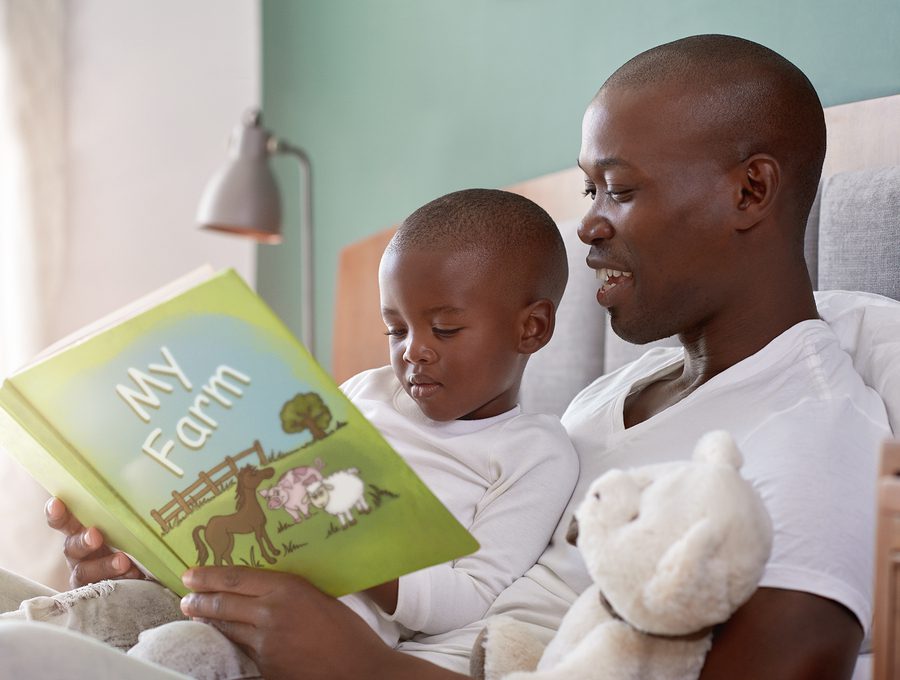
In the magical realm of childhood, few experiences are as precious and transformative as the moment when a child discovers the wonder of storytelling. Children's stories serve as gateways to imagination, vehicles for learning, and bridges that connect generations through shared narratives. From the gentle lullaby of bedtime stories to the adventurous quests found in fantasy tales, these literary treasures shape young minds and create lasting memories that echo throughout a lifetime.
The world of children's literature encompasses an incredibly diverse landscape of genres, styles, and purposes. Whether we're exploring classic fairy tales that have been passed down through centuries, discovering modern educational stories that teach valuable life lessons, or diving into imaginative adventures that transport young readers to fantastical worlds, each type of children's story serves a unique and important purpose in child development and entertainment.
The Magic of Bedtime Stories
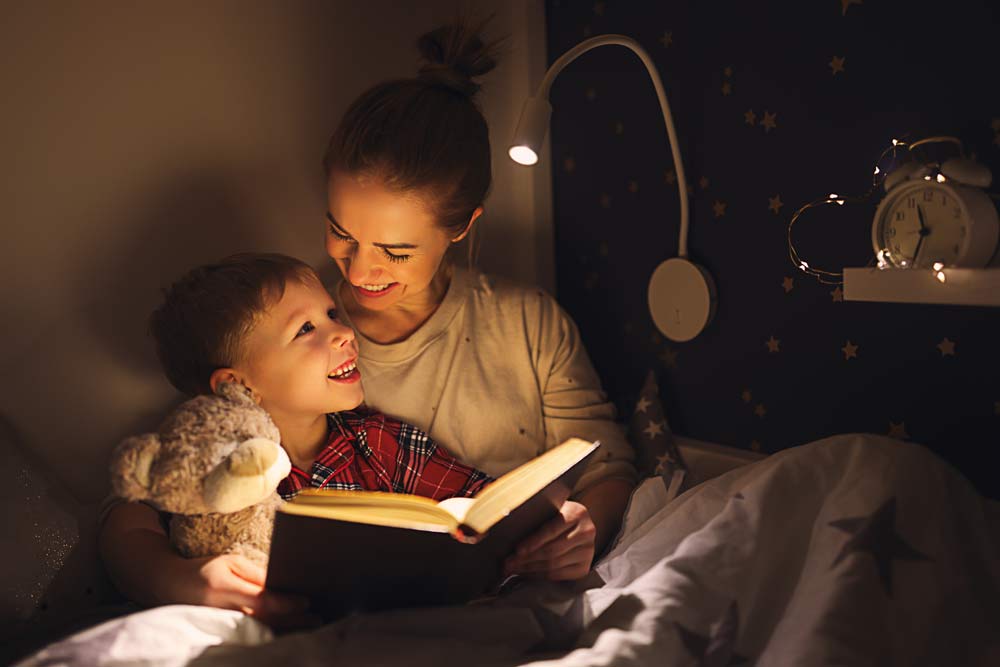
Creating Nighttime Rituals That Last a Lifetime
Bedtime stories hold a special place in the hearts of children and parents alike. These gentle narratives serve multiple purposes beyond simple entertainment. They create a comforting routine that signals the end of the day, provide quality bonding time between caregivers and children, and offer a peaceful transition from the excitement of daytime activities to the calm needed for restful sleep.
Research consistently shows that children who are regularly read to at bedtime demonstrate improved language development, enhanced vocabulary, and stronger emotional bonds with their caregivers. The intimate setting of bedtime storytelling creates an environment where children feel safe to ask questions, express their thoughts, and process the events of their day through the lens of the stories they hear.
The Psychology Behind Bedtime Tales
The psychological benefits of bedtime stories extend far beyond immediate comfort. These nightly narratives help children develop emotional intelligence by exposing them to characters facing various challenges and emotions. Through stories, children learn to identify and understand complex feelings, develop empathy for others, and gain insights into problem-solving strategies that they can apply to their own lives.

Furthermore, bedtime stories serve as a natural stress-reliever for children. The predictable rhythm of storytelling, combined with the soothing voice of a trusted caregiver, helps activate the body's relaxation response. This physiological change not only prepares children for sleep but also teaches them healthy coping mechanisms for managing anxiety and stress throughout their lives.
Timeless Fairy Tales and Their Enduring Appeal

The Universal Themes That Transcend Time
Fairy tales have captivated audiences for centuries, and their enduring popularity speaks to their ability to address universal human experiences and emotions. Stories like Cinderella, Snow White, Little Red Riding Hood, and The Three Little Pigs continue to resonate with new generations because they explore fundamental themes that remain relevant regardless of cultural or technological changes.
These classic tales often follow archetypal patterns that help children understand the basic structure of storytelling while introducing them to concepts of good versus evil, perseverance in the face of adversity, and the importance of making wise choices. The symbolic nature of fairy tales allows children to process complex emotions and situations in a safe, metaphorical context.
Modern Adaptations and Cultural Diversity
Contemporary authors and publishers have breathed new life into classic fairy tales by creating diverse adaptations that reflect our modern, multicultural world. These reimagined stories maintain the core messages and magical elements that make fairy tales special while introducing characters and settings that allow all children to see themselves reflected in these beloved narratives.
:max_bytes(150000):strip_icc()/GoldyLuckandtheThreePandas-f91ba4a678674b07813600722aae4d8c.jpg)
The evolution of fairy tales also demonstrates how stories can adapt to changing social values while preserving their essential wisdom. Modern versions often feature stronger, more independent protagonists and promote values of diversity, inclusion, and environmental consciousness, showing children that traditional stories can grow and change just as they do.
Educational Stories: Learning Through Literature

The Power of Moral Stories in Character Development
Educational stories, particularly those with strong moral components, play a crucial role in helping children develop their sense of right and wrong. These narratives present ethical dilemmas and moral choices in age-appropriate ways, allowing young readers to explore the consequences of different actions and decisions within the safe confines of a story.
Moral stories often feature relatable characters who face common childhood challenges such as honesty versus dishonesty, kindness versus selfishness, or perseverance versus giving up. Through these characters' experiences, children learn valuable life lessons while developing critical thinking skills and emotional intelligence.

STEAM Learning Through Storytelling
Modern educational stories increasingly incorporate STEAM (Science, Technology, Engineering, Arts, and Mathematics) concepts, making learning engaging and accessible for young minds. These stories transform potentially complex subjects into exciting adventures where characters use scientific thinking, mathematical problem-solving, or creative engineering to overcome challenges.
By embedding educational content within compelling narratives, these stories help children develop a positive association with learning. Rather than viewing subjects like mathematics or science as abstract or difficult, children encounter these concepts as tools that help heroic characters achieve their goals and solve interesting problems.

Social-Emotional Learning Through Literature
Educational stories also serve as powerful vehicles for social-emotional learning (SEL). These narratives help children understand and manage their emotions, set and achieve positive goals, feel and show empathy for others, establish and maintain positive relationships, and make responsible decisions.
Stories that focus on friendship, cooperation, conflict resolution, and understanding differences help children navigate the complex social world they encounter daily. By seeing characters work through social challenges and emotional struggles, children gain insights and strategies they can apply in their own lives.
Adventure Stories: Fueling Imagination and Courage

Building Confidence Through Vicarious Adventures
Adventure stories provide children with opportunities to experience courage, resilience, and problem-solving in exciting, risk-free environments. Through the eyes of brave protagonists, young readers can explore dangerous situations, overcome seemingly impossible obstacles, and achieve great victories, all while safely nestled in their reading corner.
These vicarious adventures help build confidence and self-efficacy in children. When they read about characters who start as ordinary individuals but rise to meet extraordinary challenges, children begin to believe in their own potential for growth and achievement. This psychological benefit extends far beyond the reading experience, influencing how children approach real-life challenges and opportunities.
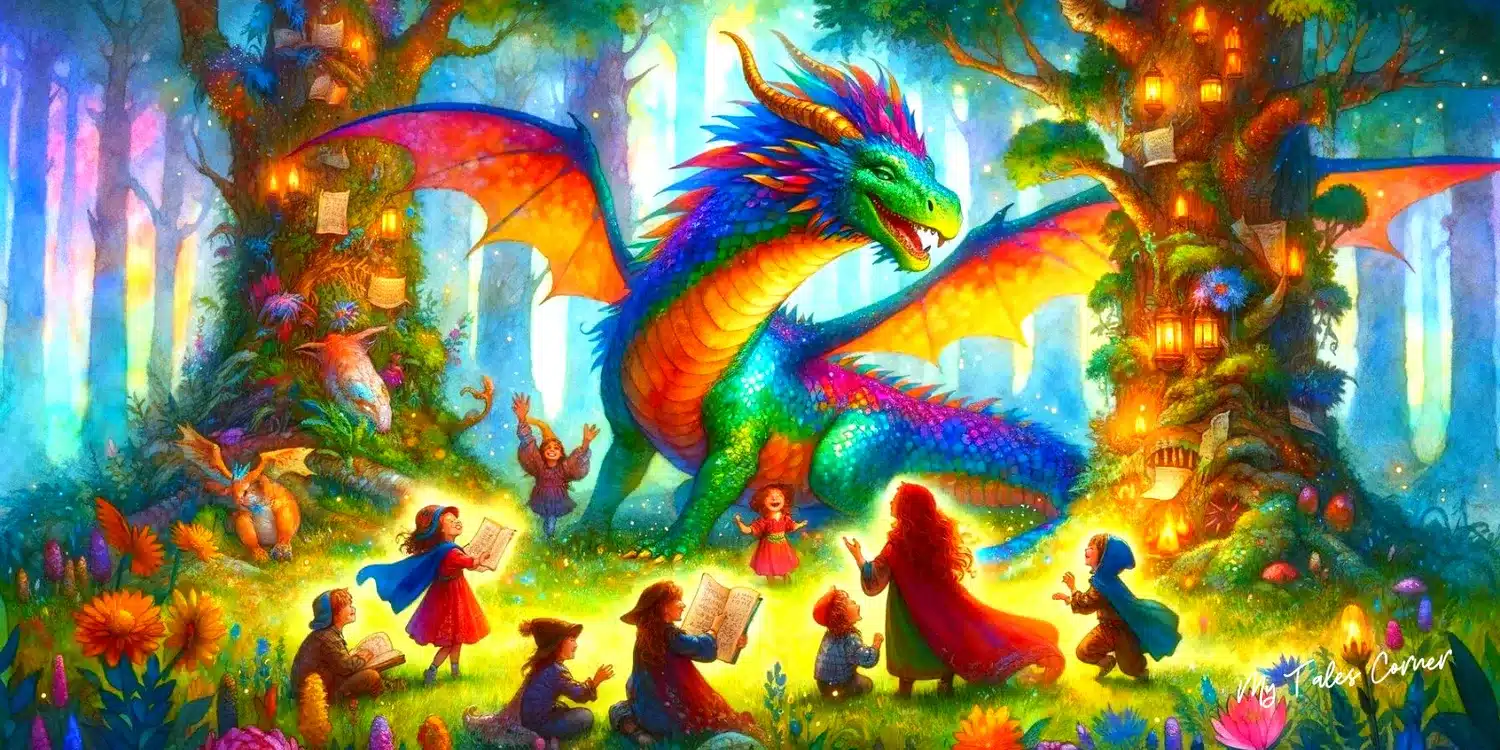
Fantasy and Magical Realms
Fantasy adventure stories hold a special place in children's literature because they operate by different rules than the everyday world. In these magical realms, anything is possible – animals can talk, magic exists, and ordinary children can become heroes. This freedom from realistic constraints allows children's imaginations to soar while still engaging with meaningful themes and character development.
The magical elements in fantasy stories often serve as metaphors for real-world concepts. A magic wand might represent the power of believing in oneself, a talking animal companion could symbolize the importance of friendship and loyalty, or a challenging quest might mirror the journey of personal growth and self-discovery that every child experiences.

Nature Adventures and Environmental Awareness
Many contemporary adventure stories focus on outdoor exploration and environmental themes, helping children develop a connection with the natural world. These stories often feature protagonists who embark on journeys through forests, mountains, oceans, or other natural settings, encountering wildlife and learning about ecosystems along the way.
Such stories serve dual purposes: they satisfy children's natural curiosity about the world around them while fostering environmental consciousness and stewardship. By presenting nature as a source of wonder, adventure, and learning, these stories help create the next generation of environmental advocates and nature lovers.
Picture Books and the Art of Visual Storytelling

The Symbiosis of Text and Illustration
Picture books represent one of the most sophisticated forms of children's literature, requiring perfect harmony between text and illustration to create meaningful, engaging stories. Unlike other forms of literature where illustrations might serve as mere decoration, picture book illustrations are integral to the storytelling process, often conveying information, emotion, and narrative elements that words alone cannot express.
The relationship between text and images in picture books teaches children important visual literacy skills that are increasingly crucial in our image-saturated world. Children learn to "read" pictures for meaning, understand how visual elements support and extend textual information, and appreciate the artistic choices that contribute to a story's overall impact.

Supporting Early Literacy Development
Picture books play a crucial role in early literacy development by providing multiple entry points for understanding and engagement. Pre-reading children can follow the story through illustrations, while beginning readers can use visual cues to support their decoding efforts. This multi-modal approach to storytelling accommodates different learning styles and developmental stages.
The visual nature of picture books also makes them powerful tools for vocabulary development. Children can see representations of new words and concepts, making abstract ideas concrete and memorable. The context provided by illustrations helps children understand and retain new vocabulary in ways that word-only presentations cannot achieve.
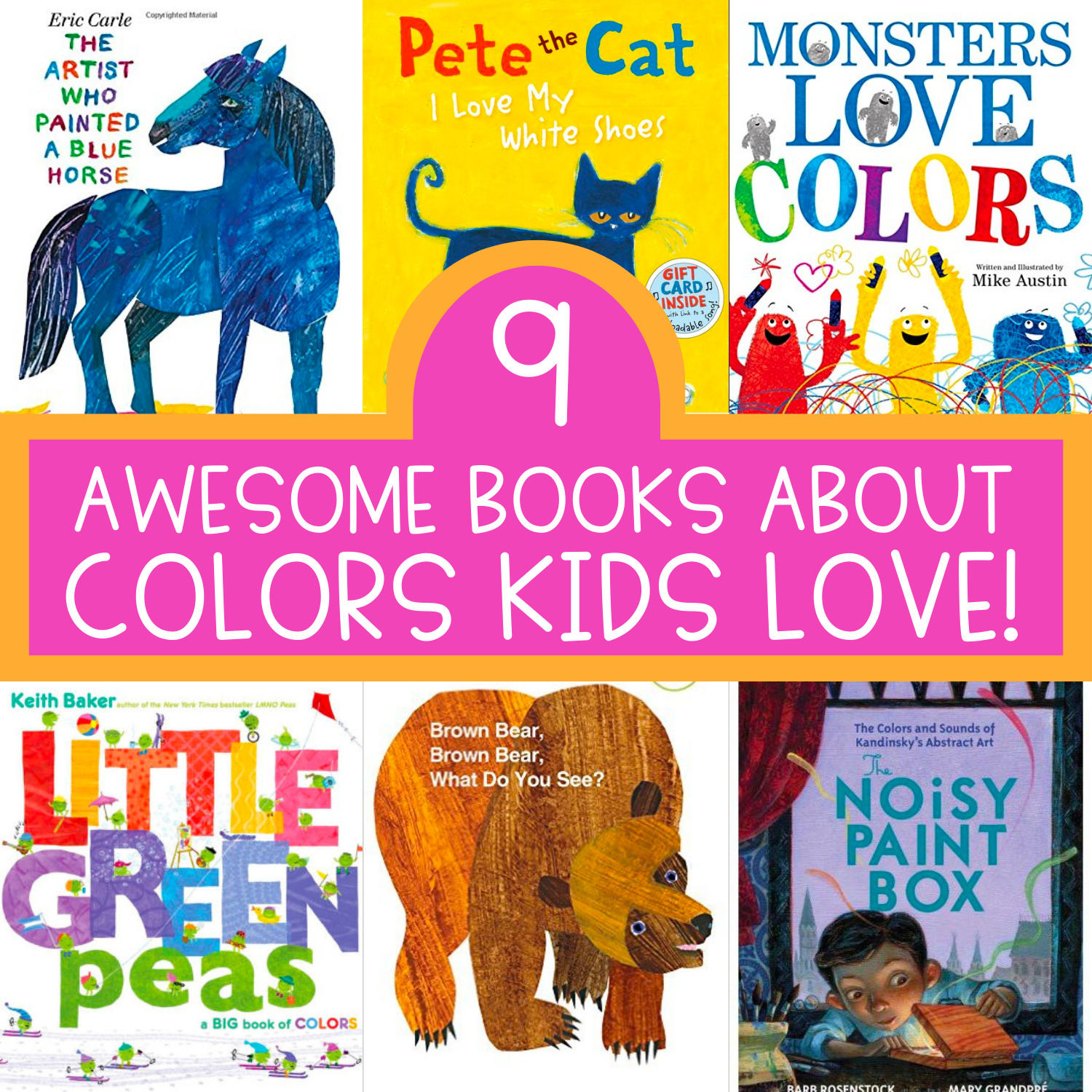
Artistic Appreciation and Cultural Understanding
Exposure to high-quality picture book illustrations helps children develop aesthetic sensibilities and appreciation for various artistic styles and techniques. From watercolor paintings to digital art, from realistic portrayals to abstract interpretations, picture books introduce children to the vast world of visual art in accessible, story-driven contexts.
Many contemporary picture books also showcase diverse artistic traditions from around the world, helping children understand and appreciate different cultural perspectives and artistic expressions. This exposure broadens children's worldview and promotes cultural sensitivity and understanding from an early age.
Interactive Stories and Digital Age Storytelling

Technology Enhancing Traditional Storytelling
The digital revolution has opened new frontiers in children's storytelling, creating interactive experiences that engage multiple senses and allow for personalized reading experiences. Digital storybooks can include animated illustrations, sound effects, background music, and interactive elements that respond to touch or voice commands, creating immersive story worlds that traditional print books cannot match.
However, the most successful digital stories enhance rather than replace the fundamental elements that make stories powerful. The best interactive stories maintain strong narratives, well-developed characters, and meaningful themes while using technology to deepen engagement and understanding rather than merely provide flashy distractions.
Personalization and Adaptive Learning
Digital storytelling platforms increasingly offer personalized experiences that adapt to individual children's reading levels, interests, and learning styles. Some apps can adjust difficulty levels in real-time, provide pronunciation help for challenging words, or offer multiple paths through a story based on reader choices.

This adaptability makes stories more accessible to children with different abilities and learning needs. Features like text-to-speech, adjustable font sizes, highlighting of words being read, and interactive vocabulary support can help struggling readers experience the joy of storytelling while building their skills.
Balancing Screen Time and Traditional Reading
While digital stories offer exciting possibilities, research suggests that the most effective approach combines digital and traditional reading experiences. Physical books provide unique benefits – the tactile experience of turning pages, the ability to flip back and forth easily, and freedom from screen-related distractions – that complement the enhanced engagement of digital stories.
The key is helping children understand that different formats serve different purposes and can all contribute to a rich, varied reading life. Digital stories might excel at introducing complex concepts through multimedia presentations, while traditional books might better support deep contemplation and imagination.
Age-Appropriate Story Selection and Development

Toddler Stories: Building Foundation Skills
Stories for toddlers (ages 1-3) focus on simple concepts, repetitive language patterns, and familiar experiences. These early stories often feature basic vocabulary, simple sentence structures, and themes related to daily routines, family relationships, and immediate environments. The goal is to establish positive associations with books and storytelling while supporting language development.
Toddler stories typically include plenty of opportunities for interaction – asking children to point to objects, make animal sounds, or predict what comes next. These participatory elements help maintain attention while reinforcing learning and making reading a social, engaging activity.
Preschool Adventures: Expanding Horizons
As children enter preschool years (ages 3-5), their stories can become more complex in both language and content. Preschool stories often introduce longer narratives, more sophisticated vocabulary, and themes that extend beyond immediate experience to include friendship, community, basic emotions, and simple problem-solving scenarios.
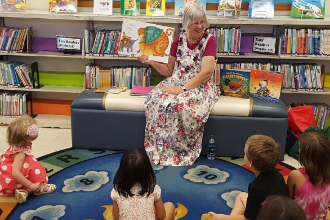
This age group particularly enjoys stories with clear cause-and-effect relationships, anthropomorphized animals, and gentle humor. The increased attention span of preschoolers allows for longer stories with more developed plots, while their growing social awareness makes them receptive to stories about cooperation, sharing, and understanding others' feelings.
Early Elementary: Building Reading Independence
Children in early elementary years (ages 5-8) are typically learning to read independently, requiring stories that balance challenge with accessibility. Early reader books often feature controlled vocabulary, short chapters, and engaging illustrations that support comprehension while building confidence in newly acquired reading skills.
Stories for this age group can explore more complex themes like perseverance, friendship challenges, and basic moral dilemmas while maintaining age-appropriate content and resolution strategies. The goal is to provide enough challenge to promote growth while ensuring success and enjoyment that motivate continued reading.

Middle Elementary and Beyond: Complex Narratives
Older elementary children (ages 8-12) are ready for chapter books, series, and more sophisticated storytelling techniques. These readers can handle multiple plot lines, character development over time, and themes that require higher-order thinking skills such as analysis, synthesis, and evaluation.
Stories for this age group often explore identity, belonging, justice, and other complex social and emotional concepts. The increased reading stamina and cognitive development of older elementary children allow them to engage with longer narratives and more nuanced character relationships while developing critical thinking skills through literature.
The Role of Parents and Educators in Storytelling
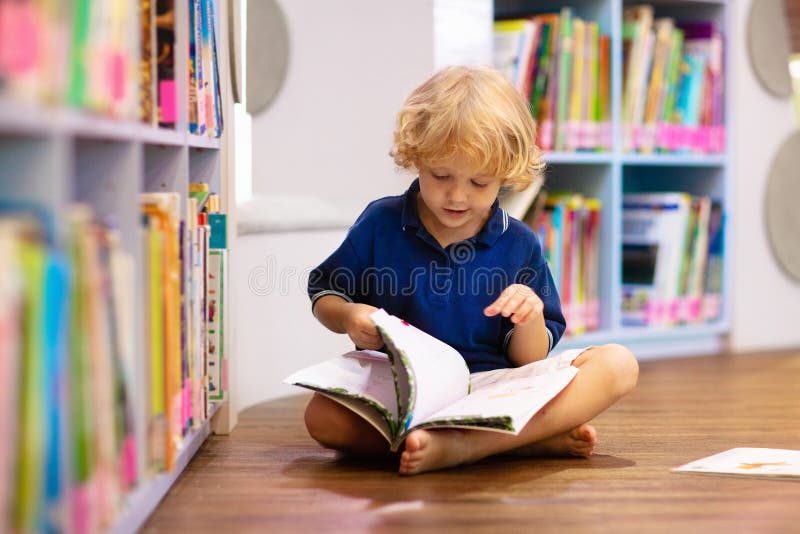
Creating Reading-Rich Environments
Parents and educators play crucial roles in fostering a love of stories and reading in children. Creating environments rich with books, storytelling opportunities, and positive reading experiences requires intentional effort and understanding of how children develop relationships with literature over time.
A reading-rich environment includes not just access to books, but also regular storytelling routines, discussions about stories, and connections between stories and real-life experiences. When adults demonstrate their own enjoyment of stories and reading, children internalize the message that books and stories are valuable, enjoyable parts of life.
Modeling Engaged Reading Behaviors
Children learn as much from observing adult behavior as they do from direct instruction. When children see adults reading for pleasure, discussing books enthusiastically, and using stories to understand and explain the world around them, they develop positive associations with reading and storytelling that last throughout their lives.
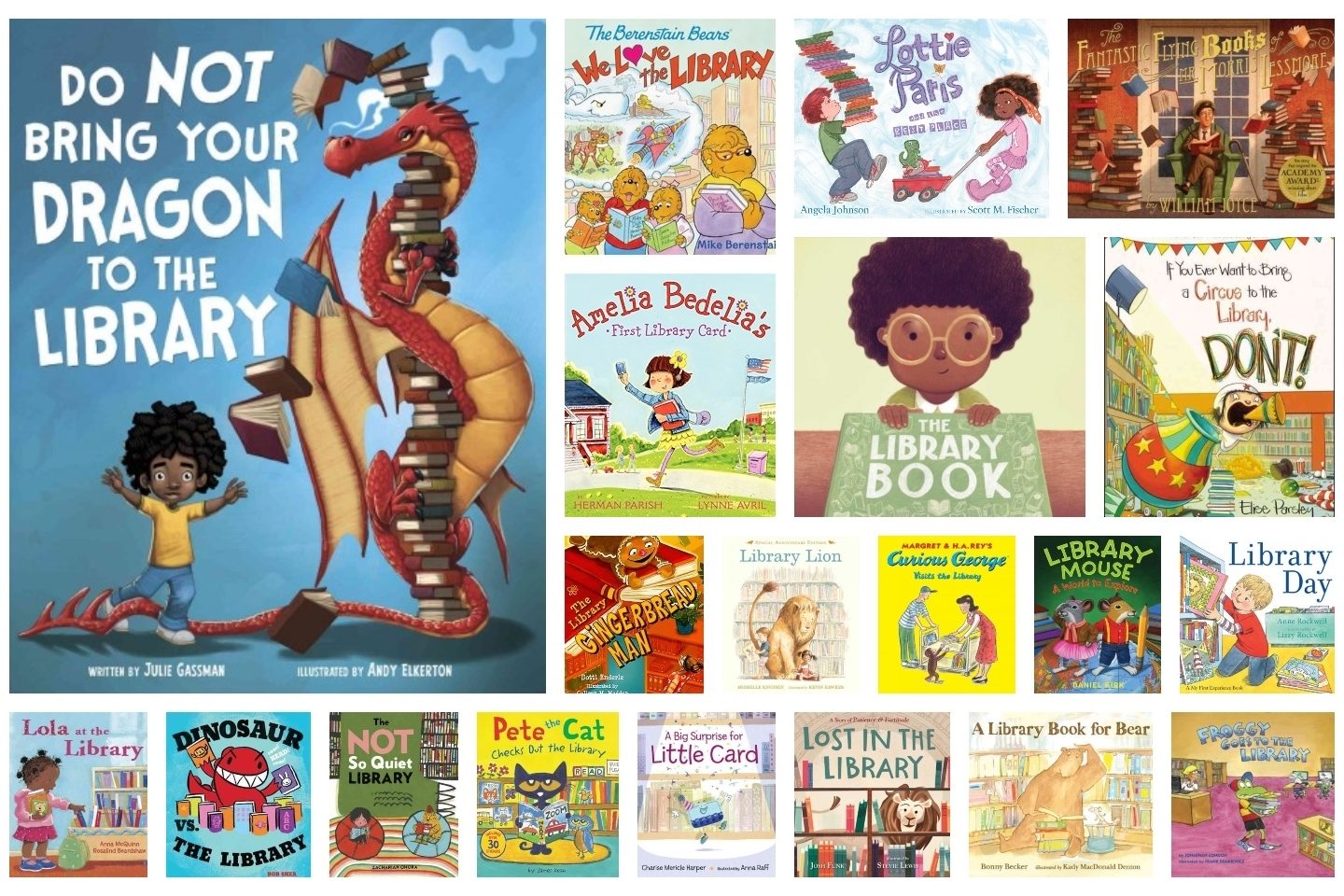
Engaged reading behaviors include asking questions about stories, making connections between different books, predicting outcomes, and discussing characters' motivations and decisions. When adults model these behaviors during shared reading experiences, children learn to think critically about literature and develop deeper comprehension skills.
Facilitating Discussion and Reflection
The conversation that surrounds stories often proves as valuable as the stories themselves. When adults facilitate thoughtful discussions about characters, plot developments, and themes, they help children process and internalize the lessons and insights that stories offer.
Effective story discussions might include questions like "How do you think the character felt when that happened?" "What would you have done in that situation?" or "Does this story remind you of anything in your own life?" These conversations help children develop critical thinking skills while making personal connections to literature.
Building a Comprehensive Home Library

Curating Diverse Collections
Building a home library that serves children's developmental needs and interests requires thoughtful curation and attention to diversity in multiple dimensions. A comprehensive children's library should include books that represent various cultures, family structures, abilities, and experiences, ensuring that all children can find stories that reflect their own lives while learning about others.
Diversity in children's literature extends beyond representation of people to include variety in genres, formats, and storytelling styles. A well-rounded collection might include fairy tales and folktales from different cultures, contemporary realistic fiction, fantasy and science fiction, non-fiction books, poetry collections, and graphic novels appropriate for the child's age and reading level.
Quality Over Quantity
While having access to many books benefits children, the quality of books often matters more than sheer quantity. High-quality children's literature features well-developed characters, engaging plots, age-appropriate themes, and excellent writing that models good language use and storytelling techniques.

Award-winning books, titles recommended by librarians and educators, and books that have stood the test of time often represent good starting points for building a quality collection. However, it's also important to include books that match individual children's interests and reading preferences, even if they might not win literary awards.
Balancing Classics and Contemporary Works
An effective home library balances classic children's literature with contemporary works that reflect current understanding of child development, diverse experiences, and modern concerns. Classic works provide connections to literary traditions and timeless themes, while contemporary books address current issues and represent the world children inhabit today.
Some classics may require adult guidance to help children understand historical contexts or outdated perspectives, while contemporary books might introduce children to new ideas and ways of thinking about familiar concepts. Both types of literature contribute valuable elements to children's literary education and personal development.
The Future of Children's Storytelling

Emerging Technologies and Storytelling
The future of children's storytelling promises exciting developments as emerging technologies create new possibilities for narrative experiences. Virtual and augmented reality technologies are beginning to create immersive story worlds where children can literally step into narratives and interact with characters and environments in unprecedented ways.
Artificial intelligence is enabling personalized storytelling experiences that adapt not just to reading level, but to individual interests, emotional needs, and learning objectives. These systems can generate unique stories for each child while maintaining the quality and educational value that make stories worthwhile.
Preserving Human Connection in Digital Spaces
As technology transforms storytelling possibilities, the challenge lies in preserving the human connections and emotional bonds that make stories meaningful. The most successful future storytelling technologies will likely enhance rather than replace human interaction, creating new ways for families and communities to share stories together.

The enduring appeal of traditional storytelling formats suggests that physical books and human storytellers will continue to play important roles even as digital innovations expand possibilities. The key will be finding the right balance between technological enhancement and preservation of the intimate, personal connections that make storytelling special.
Global Storytelling Communities
Digital connectivity is creating global communities of young readers and storytellers, enabling children from different cultures to share stories and learn from each other in ways that were previously impossible. These connections have the potential to foster international understanding, cultural appreciation, and global citizenship from an early age.
Collaborative storytelling platforms allow children to contribute to shared narratives, creating stories together across geographical boundaries. These experiences teach cooperation, compromise, and creative collaboration while exposing children to diverse perspectives and storytelling traditions from around the world.
Embracing the Magic of Children's Stories
The world of children's stories offers boundless opportunities for learning, growth, imagination, and connection. From the gentle comfort of bedtime tales to the exciting adventures found in fantasy epics, from the moral guidance provided by educational stories to the visual wonder of picture books, children's literature serves as one of humanity's most precious gifts to young minds.
As we look toward the future, the fundamental power of stories to educate, inspire, comfort, and unite remains constant even as the methods of delivery and interaction continue to evolve. Whether shared through traditional print books, digital platforms, or emerging technologies, stories will always serve as bridges between generations, cultures, and experiences.
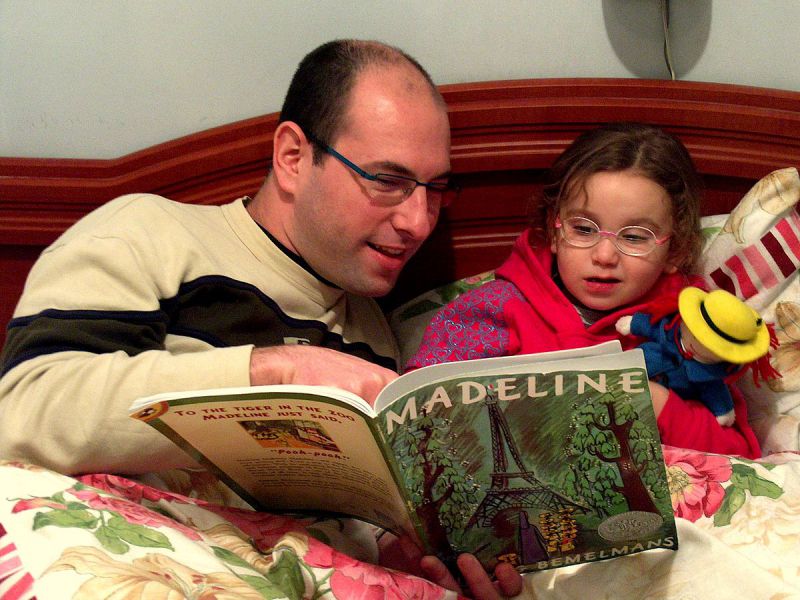
Discover More Magical Bedtime Stories
Ready to embark on enchanting adventures with your little ones? Explore our curated collection of magical bedtime stories designed to spark imagination, teach valuable lessons, and create precious bonding moments that will last a lifetime.
Explore Magical Bedtime StoriesRelated Reading and Resources
Creating Bedtime Routines
Learn how to establish consistent, calming bedtime routines that incorporate storytelling for better sleep and stronger family bonds.
Educational Story Activities
Discover creative activities and discussion questions that extend learning beyond story time and reinforce important concepts.
Building Reading Communities
Find strategies for connecting with other families and educators to create supportive reading communities for children.
"A book is a dream that you hold in your hand." - Neil Gaiman
The journey of childhood is made richer, more meaningful, and infinitely more magical when filled with wonderful stories. Whether you're a parent seeking the perfect bedtime tale, an educator looking for engaging classroom stories, or simply someone who believes in the power of literature to transform young lives, remember that every story shared is a gift that keeps giving throughout a child's lifetime.
